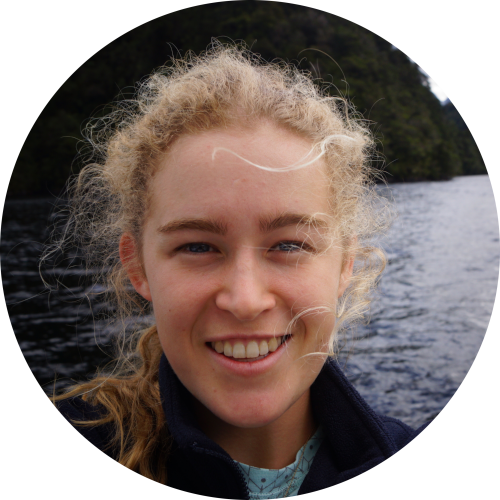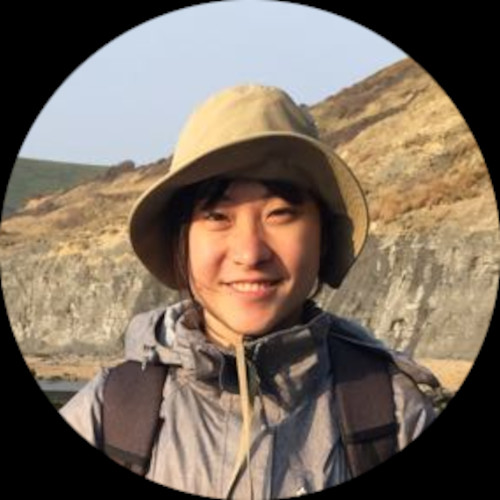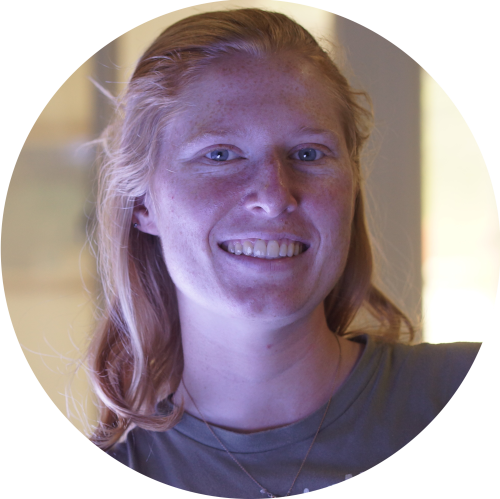Greetings from Green Island!
As researchers, we all dream of escaping the desk for a reminder of why we do what we do, and the chance to follow our scientific curiosities without limitation (or so we hope). This week, our group embarked on a journey to do just that. We have arrived at the Green Island Marine Research Station in Taiwan, where for 5 weeks we will explore the wonderful natural laboratory right on our doorstep. We are here to catch and culture single celled plankton known as foraminifera. Never heard of them? Check out this post by Oscar to learn who these tiny beasties are, and why we have chosen Green Island.
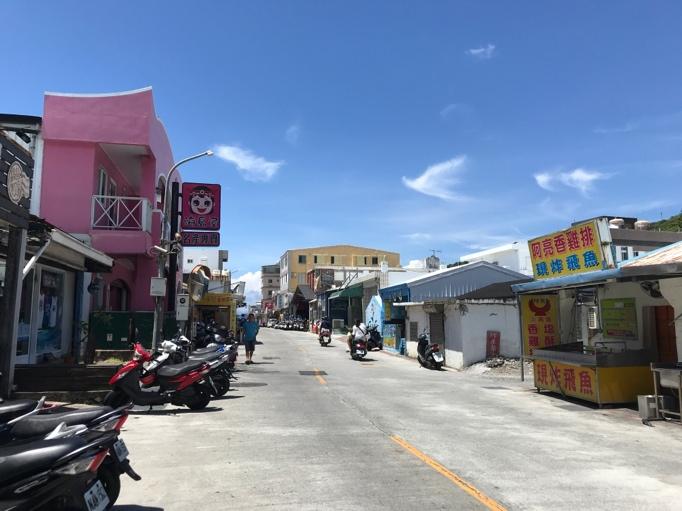
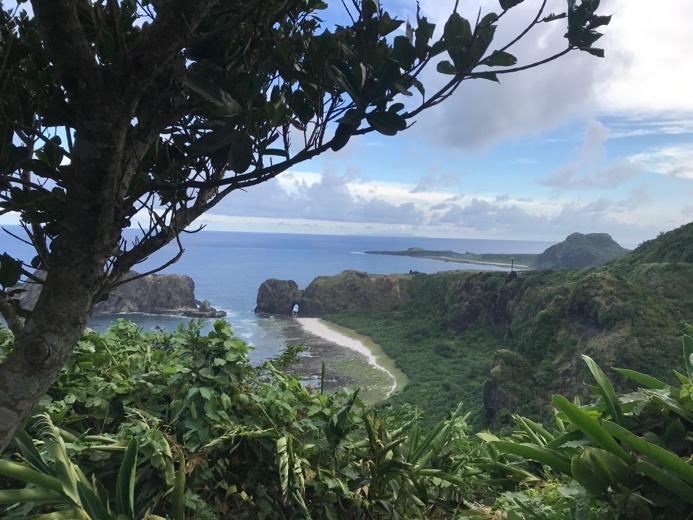
First Impressions
Arriving in late August between typhoon season and the winter monsoon, the first thing to hit us was the heat and humidity. With sweat beading on our foreheads and slightly dazed by jetlag, it wasn’t long before we settled into the relaxed pace of life here. A popular island for diving enthusiasts and tourists, scooters are the preferred form of transport, and there is no shortage of cafes, exotic fruits, spectacular views and welcoming locals happy to share the culture and history of the Island. A story involving prisons and political activism.


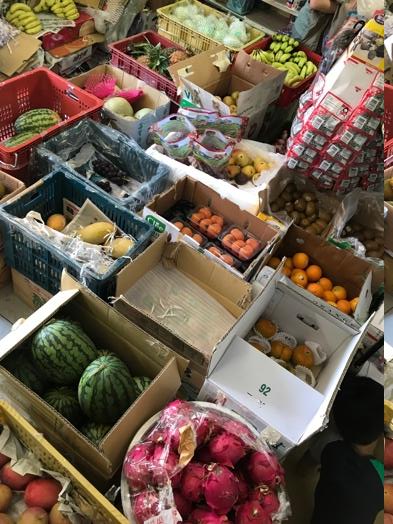
Below the Surface
We are here for blue water diving. Floating 10 m below the surface, in the confluence of fast flowing ocean currents, and with nothing but 200 meters of water below us, we have the best chance of spotting and catching millimetre-sized foraminifera by hand. With a range of expertise and experience amongst the dive crew, we spent our first week here brushing up on SCUBA diving skills, completing additional training, and practising our collection protocol.
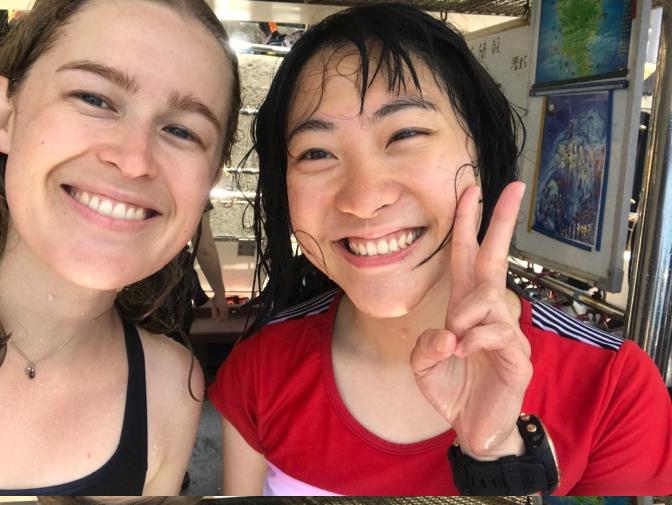
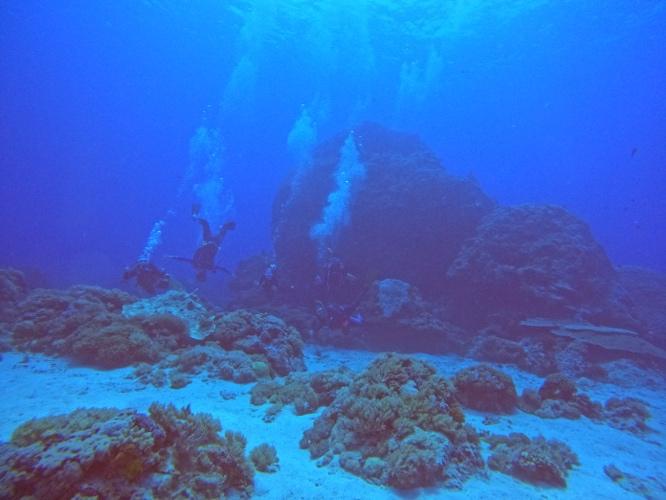
It was a chance to explore all that the island’s coastline has to offer, from busy fringing reefs, deep water soft coral beds, plankton rich open waters, bustling anemone cities and mysterious harbour ecosystems in the dark. We have encountered turtles, sea snakes and schools of barracuda, arm length sea cucumbers and flamboyant nudibranchs, and such a diversity of hard corals, it has us all madly gesturing and gurgling with excitement underwater.

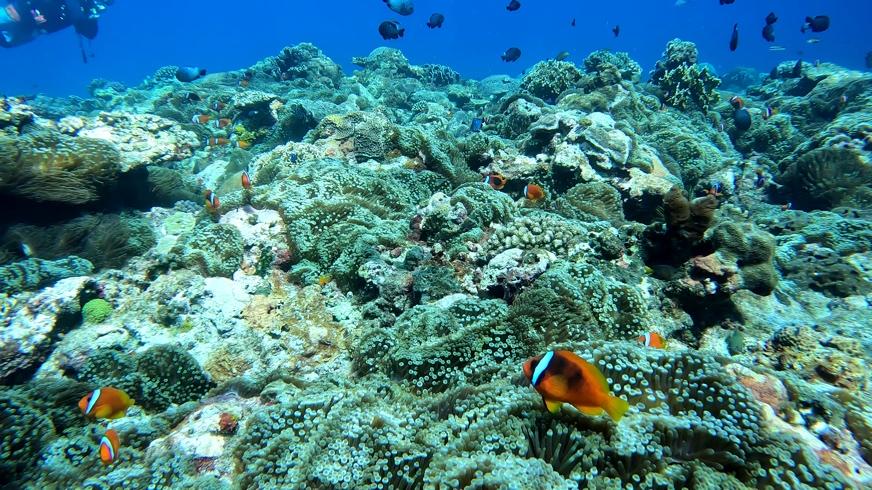
Above the Surface
Whilst out on the boat, we have also focused on collecting ocean condition data. Using a device called a CTD (which measures salinity, depth and temperature) and a Niskin bottle (a glorified bucket for taking water samples at depth), we have taken water samples and characterised the temperature, salinity and pressure down to 130 m. Hauling replicates from many depths by hand, we had our work cut out for us. Even our boat captain and our diving instructor Henry were part of the operation.
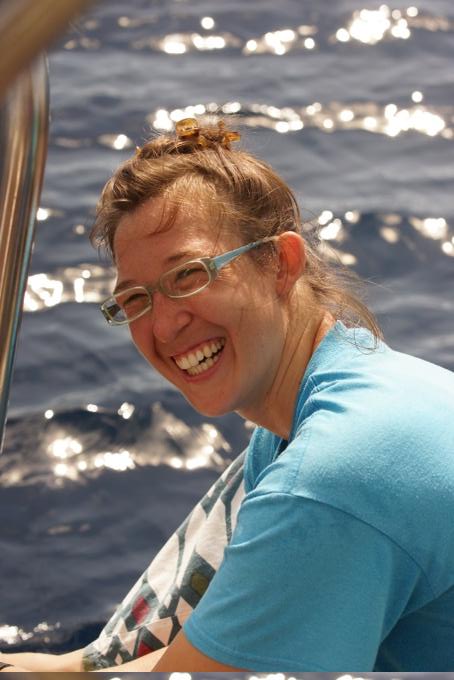

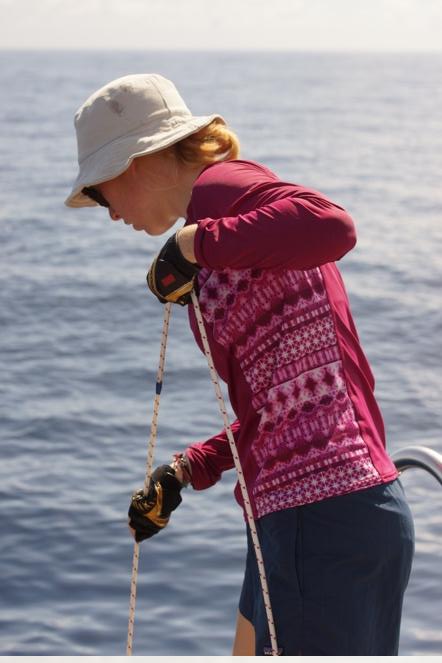
With individuals from 3 universities (National Taiwan University and Academia Sinica in Taipei, and Cambridge) and 7 different nationalities, it has been a wonderfully rich week both scientifically and socially.
As we write, a typhoon is fast approaching the Island. With our imminent boat collection dives cancelled and food stores ready for a few days sheltering in the station, we are looking ahead to a week of exploration in the lab. Stay tuned to hear if the typhoon makes landfall!
